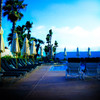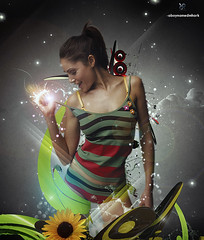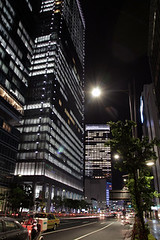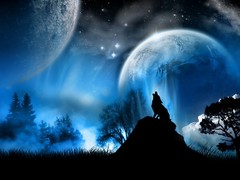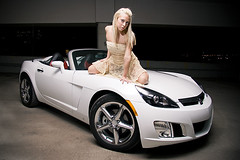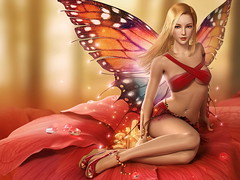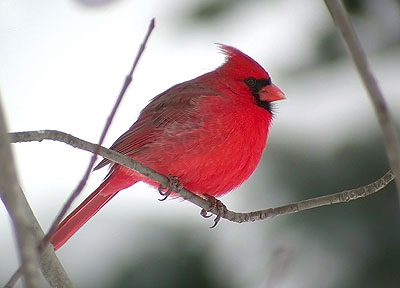
The Northern Cardinals are always the first at the feeders, usually by 6:15 a.m. As soon as I walk outside, I’m greeted with an outpouring of chip notes – they seem anxious for me to put fresh food out. Or perhaps I’m just merely in the way? Yeah, that’s probably the case. They’ve often returned to the platform feeder before I’m back in the garage and have closed the door.
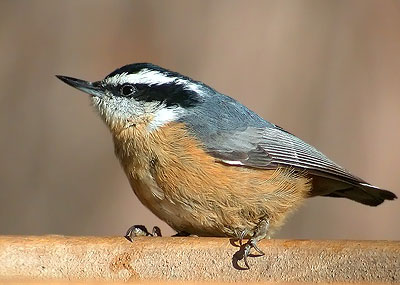
The Red-breasted Nuthatches are an entirely different case, though. They’re not shy at all. In fact, they’ll often perch atop the feeder pole and wait for me to finish replenishing birdseed. I know many people have had them take food from the hand, but I haven’t tried that yet. I’m amused by the little chirping sound they make in my presence and it encourages me to hurry. It’s almost like they’re telling me, “Get moving, pal! We’re on a mission here!” And what busy little mission it is - spending hours jamming peanut halves into the bark and branches. They are definitely my favorite of all our backyard visitors!
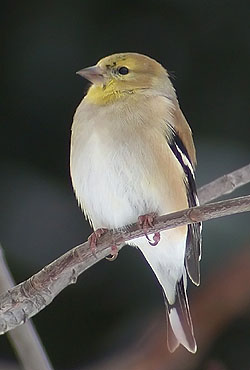
The American Goldfinches are donning their winter suits and are probably the most skittish of all the backyard birds. It seems you can’t even walk past a window without scaring them away. There are always plenty of them along with House Finches and yesterday there was still a lingering Purple Finch.
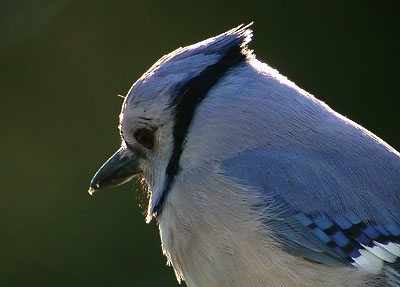
Usually in a group of four or five, the Blue Jays are often the last birds to arrive in the morning. They zoom in, perch above the feeders giving a few loud calls before scattering the other birds to the spruce trees. This is always just a temporary distraction. The finches and juncos quickly return to business once the jays have taken their turn.
These birds, along with Cedar Waxwings, Mourning Doves, American Crows, White-breasted Nuthatches, Black-capped Chickadees, Red-bellied, Hairy & Downy Woodpeckers and an occasional Cooper’s Hawk will constitute backyard birds for the remainder of winter. There may be Pine Siskins and Common Redpolls, but I usually don’t see them in good numbers until February.
All images © 2005 Michael McDowell

